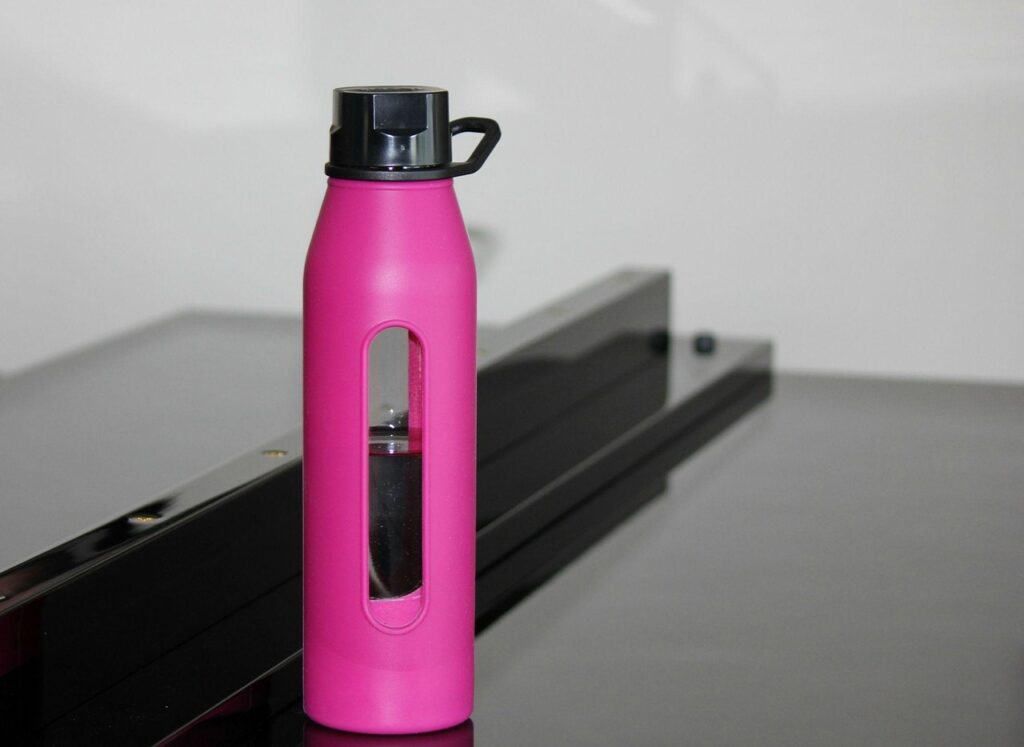If you’re considering a hearing aid, you’re not alone. Millions of people experience hearing loss, and today’s hearing aids are more advanced, discreet, and effective than ever before. But with so many options on the market, choosing the right one can feel overwhelming. Before you make a decision, here’s what you need to know.
Do You Really Need a Hearing Aid?
Hearing loss often creeps up gradually, making it easy to ignore at first. Common signs that you may benefit from a hearing aid include:
- Frequently asking people to repeat themselves
- Turning up the TV or radio louder than others prefer
- Struggling to hear conversations in noisy places
- Feeling exhausted after listening for long periods
- Avoiding social situations due to difficulty hearing
If any of these sound familiar, a hearing test from an audiologist can help determine whether a hearing aid is right for you.
Types of Hearing Aids
Hearing aids come in several styles, each with its own advantages:
- Behind-the-Ear (BTE) – Sits behind the ear with a small tube connecting to an earpiece. Suitable for all types of hearing loss.
- In-the-Ear (ITE) – Custom-molded to fit inside the ear. Easier to handle but more visible.
- Receiver-in-Canal (RIC) – Similar to BTE but smaller and less noticeable.
- Completely-in-Canal (CIC) – Almost invisible but may not be suitable for severe hearing loss.
Key Features to Consider
Modern hearing aids offer a range of features designed to improve sound quality and user experience. Here are some important ones to look for:
- Noise reduction – Helps filter out background noise in busy environments.
- Directional microphones – Improve hearing in conversations by focusing on voices in front of you.
- Rechargeable batteries – Eliminate the need for constant battery changes.
- Bluetooth connectivity – Allows direct streaming from phones, TVs, and other devices.
- Tinnitus masking – Provides relief for those experiencing ringing in the ears.
Cost and Insurance Coverage
Hearing aids range in price from a few hundred to several thousand dollars, depending on features and technology. Unfortunately, most insurance plans do not fully cover the cost of hearing aids, though some Medicare Advantage plans and private insurers offer partial coverage. Financing options and payment plans may also be available through hearing aid providers.
Adjusting to a Hearing Aid
Wearing a hearing aid for the first time can take some getting used to. Sounds may seem different or even overwhelming at first, but your brain will gradually adjust. Tips for a smooth transition include:
- Start by wearing your hearing aids for a few hours at a time.
- Use them in quiet environments before moving to noisier settings.
- Practice listening to different sounds and voices to build comfort.
- Schedule follow-up visits with your audiologist to fine-tune adjustments.
The Bottom Line
A hearing aid can dramatically improve your quality of life, making conversations easier, reducing frustration, and keeping you connected to the world around you. By understanding your options and working with an audiologist, you can find the right fit for your needs and lifestyle. If you suspect you have hearing loss, don’t wait—better hearing is just a step away.







